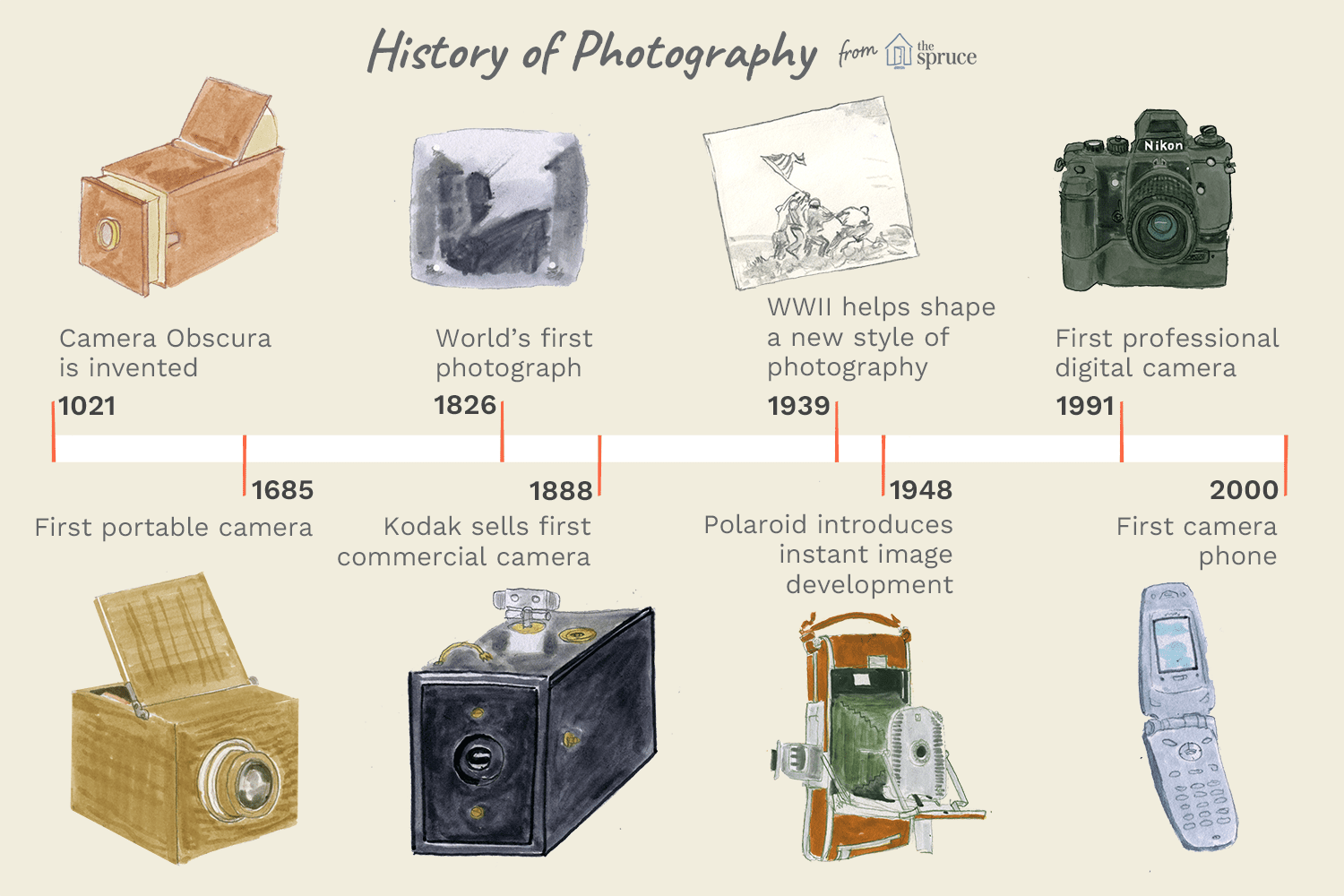How Photography started

Photography as we know it now began in France in the late 1830s. A portable camera obscura was used by Joseph Nicéphore Niépce to expose a pewter plate coated in bitumen to light. This is the first time an image has been recorded that hasn't faded immediately. Niépce's breakthrough prompted a slew of subsequent trials, and photography advanced at a breakneck pace. In the mid- to late-1800s, daguerreotypes, emulsion plates, and wet plates were all produced virtually concurrently. Photographers experimented with various chemicals and processes with each type of emulsion. The three individuals listed below were pivotal in the development of contemporary photography.

